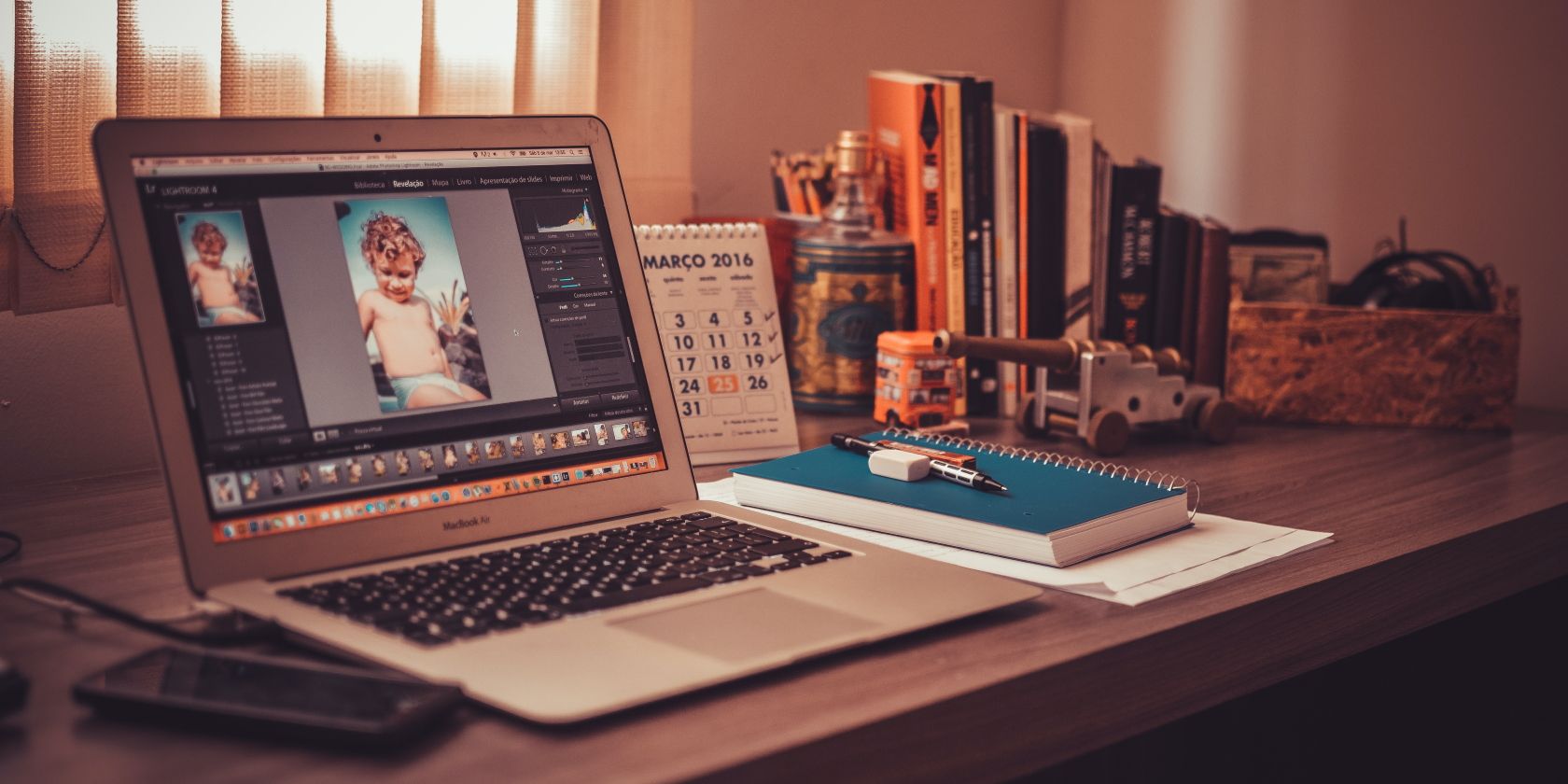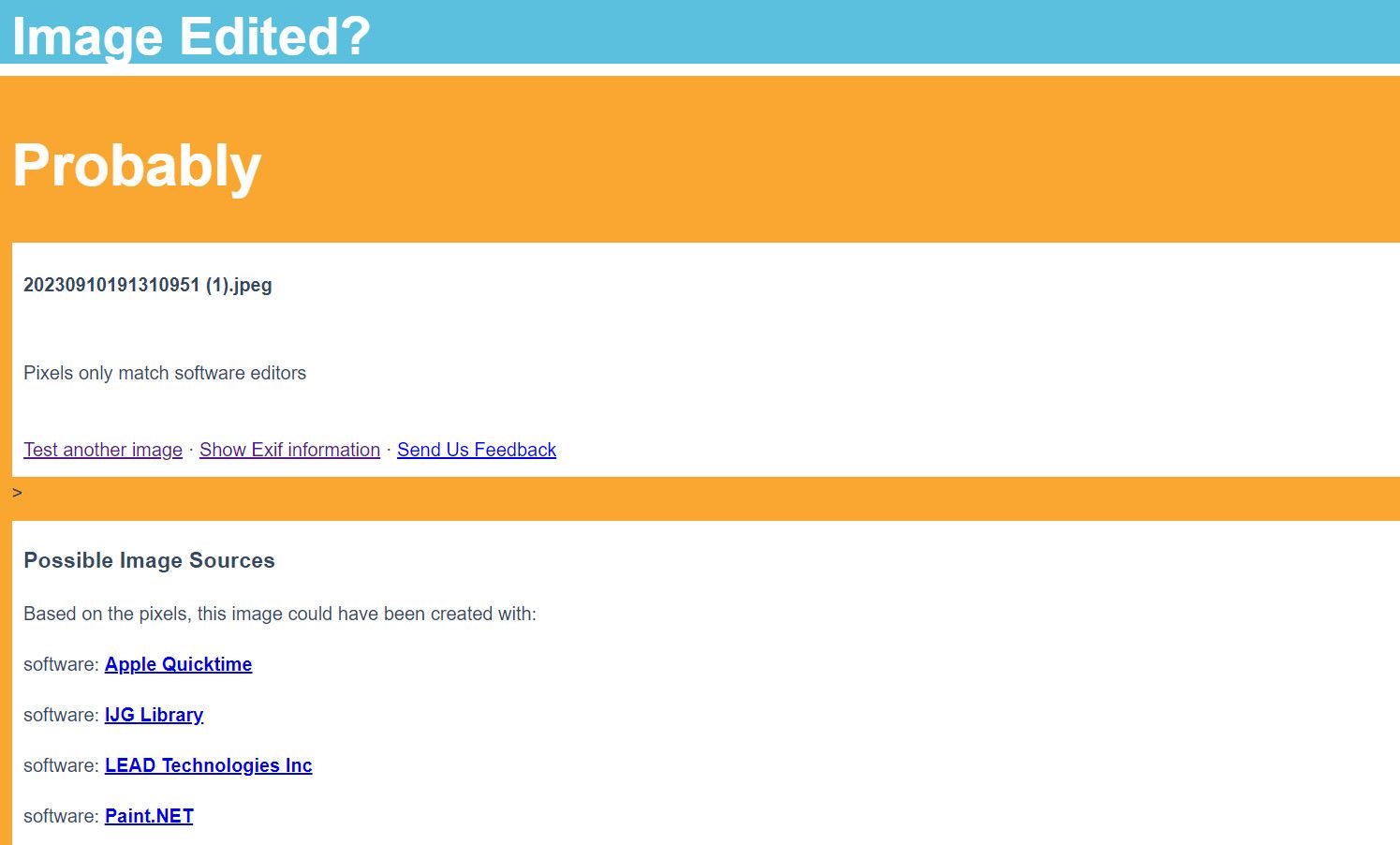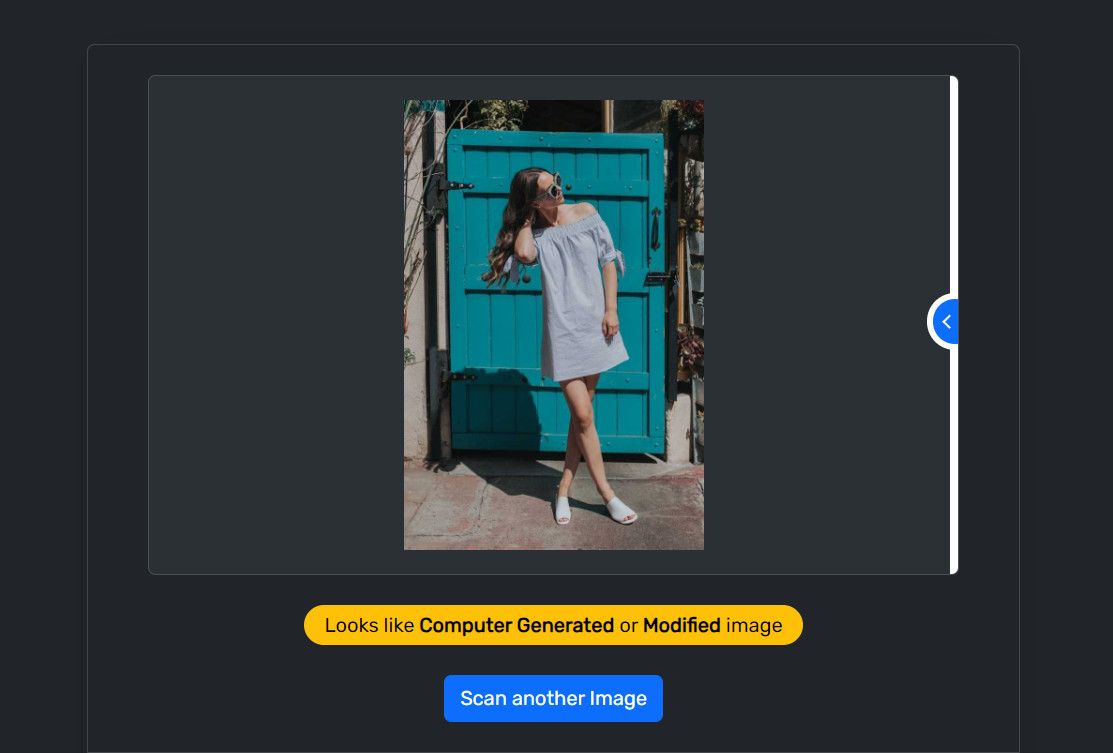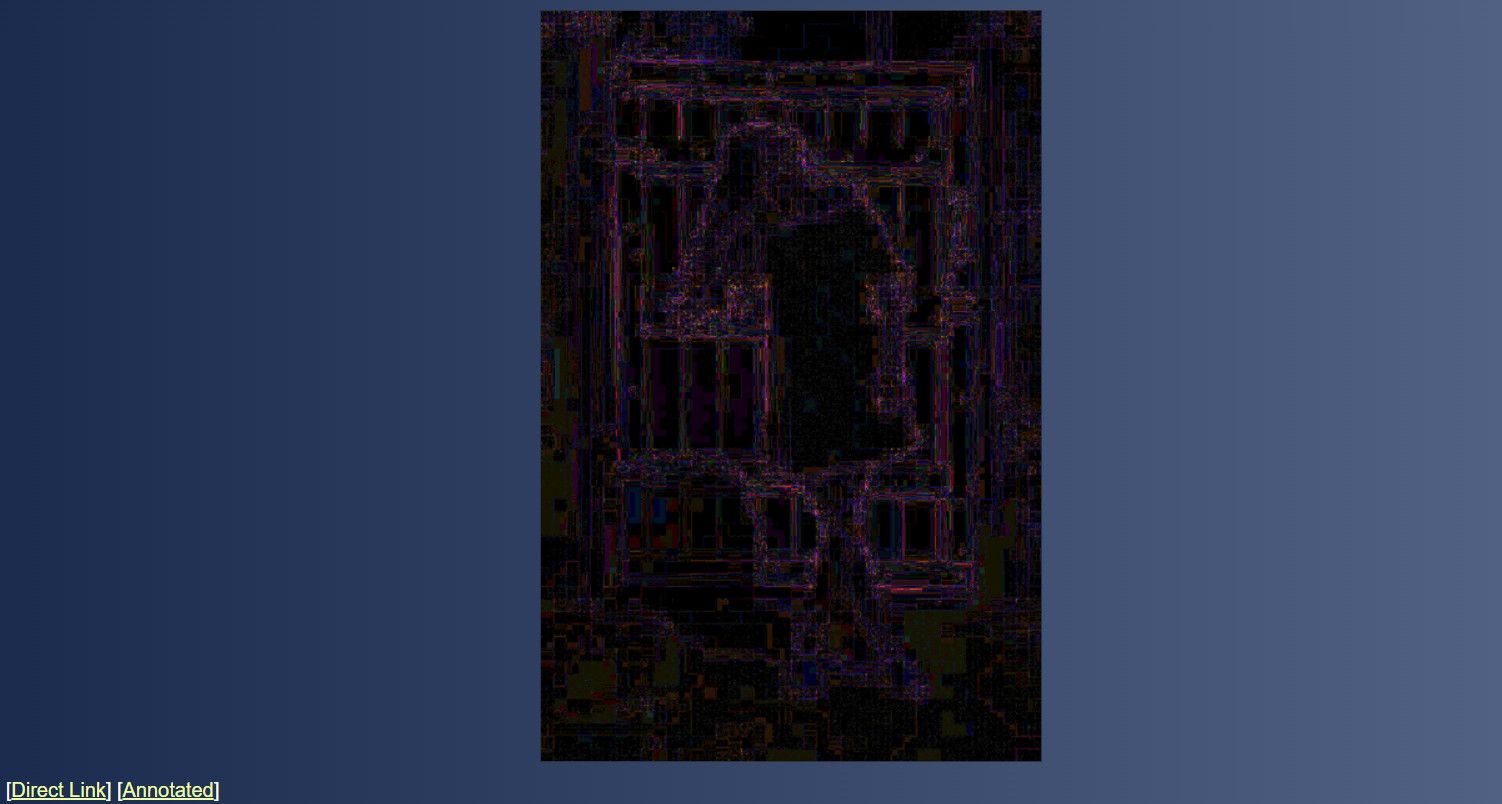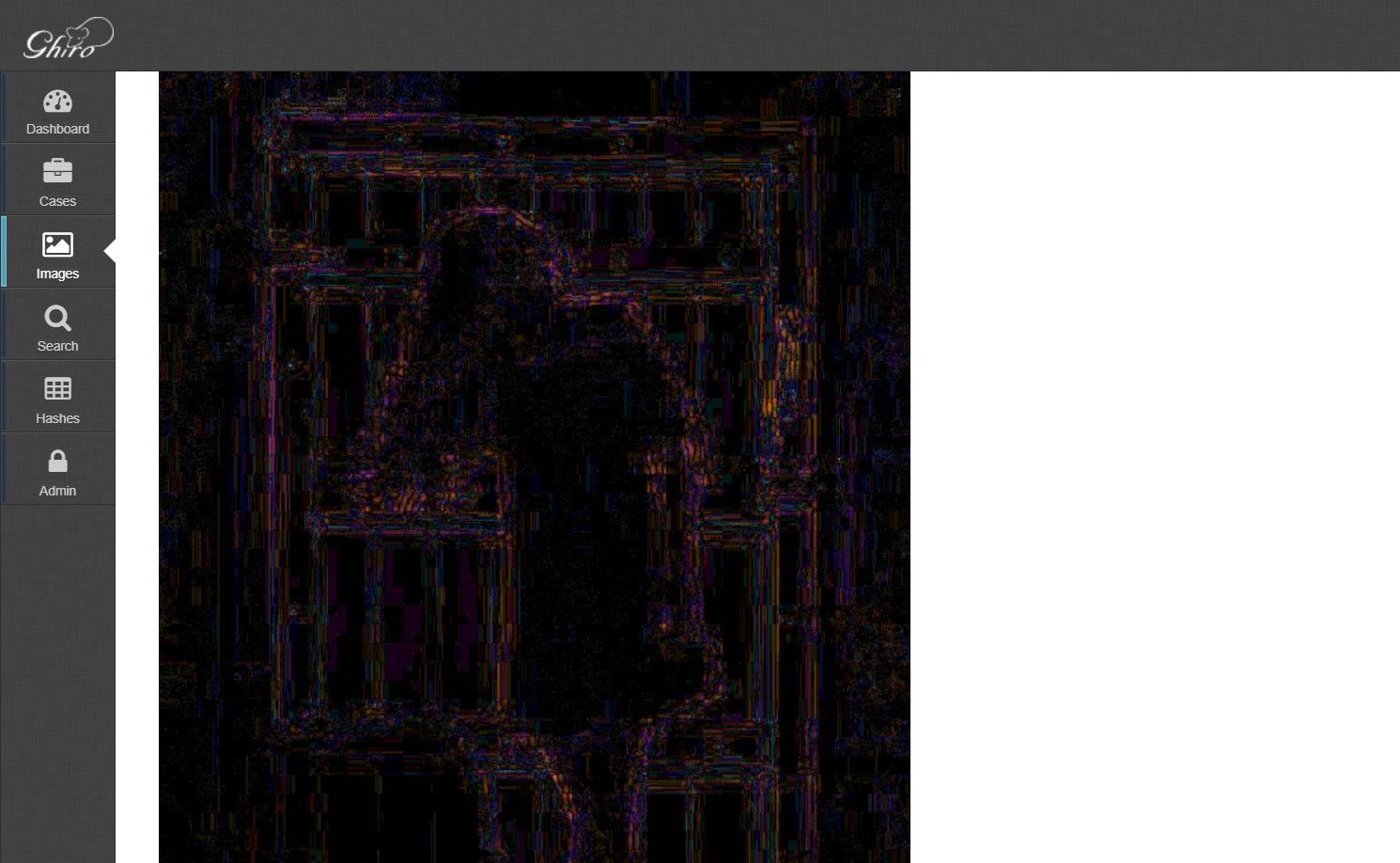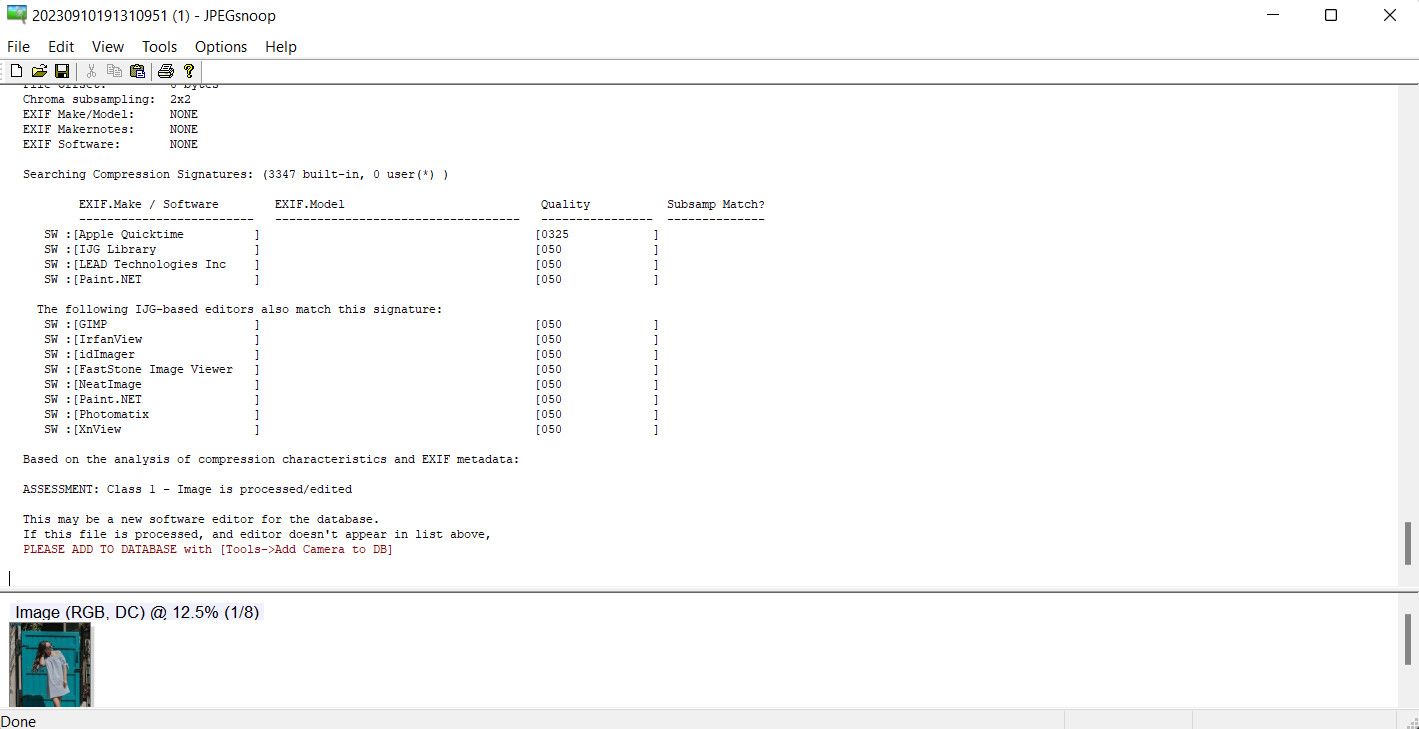Figuring out if a picture has been messed with can be hard, but there are some handy free tools that can help. These tools make it easier to uncover the truth behind images, so you can tell what's real and what's not. Below, we introduce you to the best tools for detecting edited images and show you how they work.
1. Image Edited?
Image Edited gives a clear indication if an uploaded image has been edited. Once you drag/drop the photo or upload it in the tool, you are going to see one of the following verdicts; Yes, Probably, and No.
It can identify common editing techniques, such as cropping, resizing, rotating, cloning, healing, blurring, sharpening, color adjustment, etc.
Apart from a clear verdict, it can show you the full raw EXIF data for your image, such as the camera model, date, location, and more. It will also provide you with a list of software that the image may have been modified with. All these features are free, but if you are looking for a detailed analysis, you can contact the Image Edited team for pricing.
To test this tool, we downloaded a stock image and manipulated it using a photo editor. You can see the before (left) and after (right) of the photo below:
We then uploaded the edited image to Image Edited. Here are the results we got:
2. Fake Image Detector
Fake Image Detector carries out an Error Level Analysis (ELA) to find inconsistencies in the compression levels of the image you have uploaded. It also takes the metadata of an image into account to check if an image has been manipulated.
The interface is fairly simple and user-friendly. All you need to do is upload the image from your computer and click on Scan Now. You’ll have your result within a few seconds. Note that, according to the developers of the tool, the accuracy is between 60 and 70 percent.
Here is the result of the manipulated image we uploaded:
3. FotoForensics
FotoForensics is one of the most popular choices out there, and it uses different types of data like JPEG, ELA, and metadata to determine the originality of an image. It works a bit differently than most of the other tools you will see online.
When you upload an image and ask FotoForensics to analyze it, the process starts with Error Level Analysis (ELA). The initial result is displayed alongside the original image you provided. If the image you uploaded was tampered with or altered in any way, you'll see colors in the analyzed result. But if it's an untouched, original photo, the analyzed image will only have white color.
Additionally, FotoForensics offers a range of alternative analysis methods that you can access through the menu on the left-hand side for a more accurate analysis. This can be handy if you are dealing with an image created by one of the best online AI photo editors.
Here is how it analyzed our manipulated photo:
4. Ghiro
Ghiro is another tool that offers different methods of analyzing photos. These include but are not limited to ELA, hash digest generation, hash list matching, signature engine, and strings extraction.
With hash digest generation, the tool creates a unique code for the image based on its data, which can then be used to detect the status of the image. In hash list matching, only you have the image code; you can provide a list of codes, and it will find all the images that match those codes.
Strings extraction allows the tool to find all the text that is hidden in the image, such as URLs, names, or dates, and identify anything unusual. The signature engine method shows the most important information about the image, such as where it was taken, what camera was used, what was the focus point, and so on.
When using Ghiro, you will need to upload the image as one of your projects. You can check the images you have added in the Images section of the tool.
It's worth noting that Ghiro requires downloading and installation on your device. This is a Linux tool, so if you are using another OS such as Windows, you must have a virtual machine such as QEMU or VirtualBox to run it.
Here are the results Ghiro gave us for our manipulated image:
5. JPEGsnoop
JPEGsnoop is another downloadable program, but only for Windows users. When you upload an image to analyze in the tool, JPEGsnoop immediately presents essential header information like dimensions and compression mode. This is your initial glimpse into the image's makeup.
You can then delve deeper into the image's compression settings, showcasing quantization tables and Huffman tables. For a more interesting analysis, you can explore Discrete Cosine Transform (DCT) coefficients which provide a visual representation of how the image is divided and compressed.
One cool feature is the histogram, which gives you a graph of pixel values. This helps to spot any weird stuff in your image that might be edits or changes.
Here are our results:
Other Ways to Identify Manipulated Images
While using special detective tools can be handy for spotting image edits, there are some other ways you can do it manually too.
Start by giving the image a good, close look. Hunt for anything that seems off, like weird color changes or stuff that doesn't match the background. Edited images often have fuzzy edges or look like they've been cut and pasted, so zooming in can help you find those sneaky irregularities.
If you're dealing with a photo of a crowd, keep an eye out for any copy-paste jobs. We've got a guide on the different ways to manually detect edited images that dives deep into these techniques to help you become a real pro at spotting manipulated images.
Differentiate Fact From Fiction
Fake image detectors can help you decipher the real stories behind the pixels and avoid falling for fake news, scams, or hoaxes that use edited images. They can also help you become a digital detective and learn more about the history and context of an image or improve your own editing skills. Give these tools a go and see for yourself.

